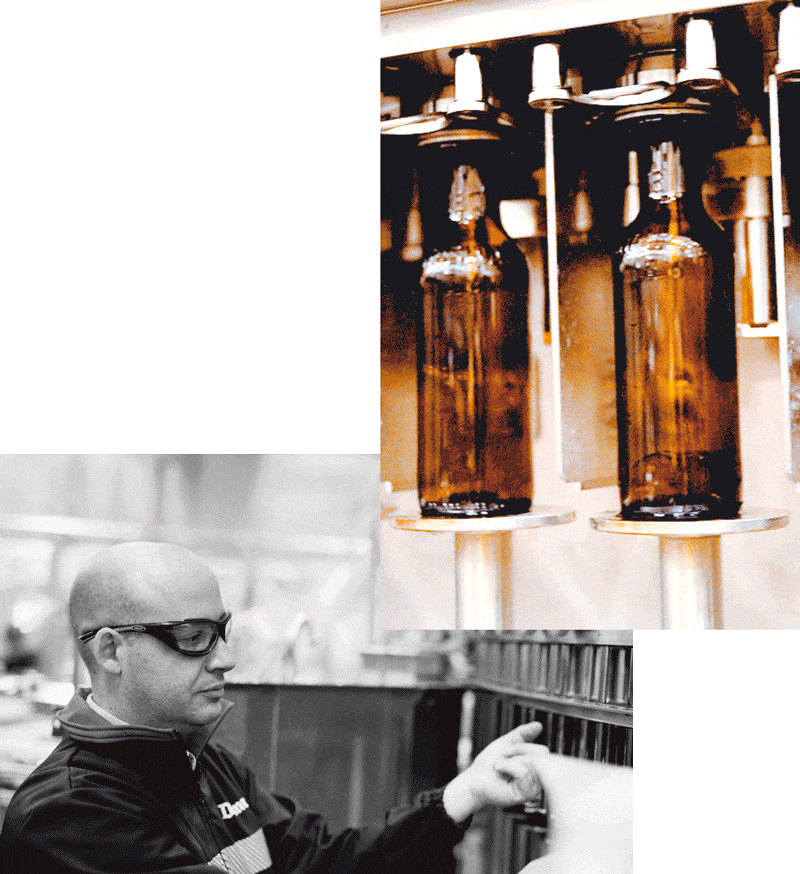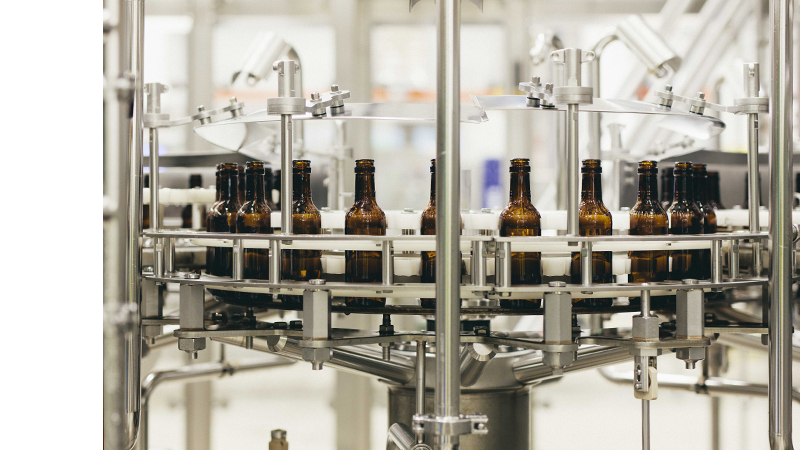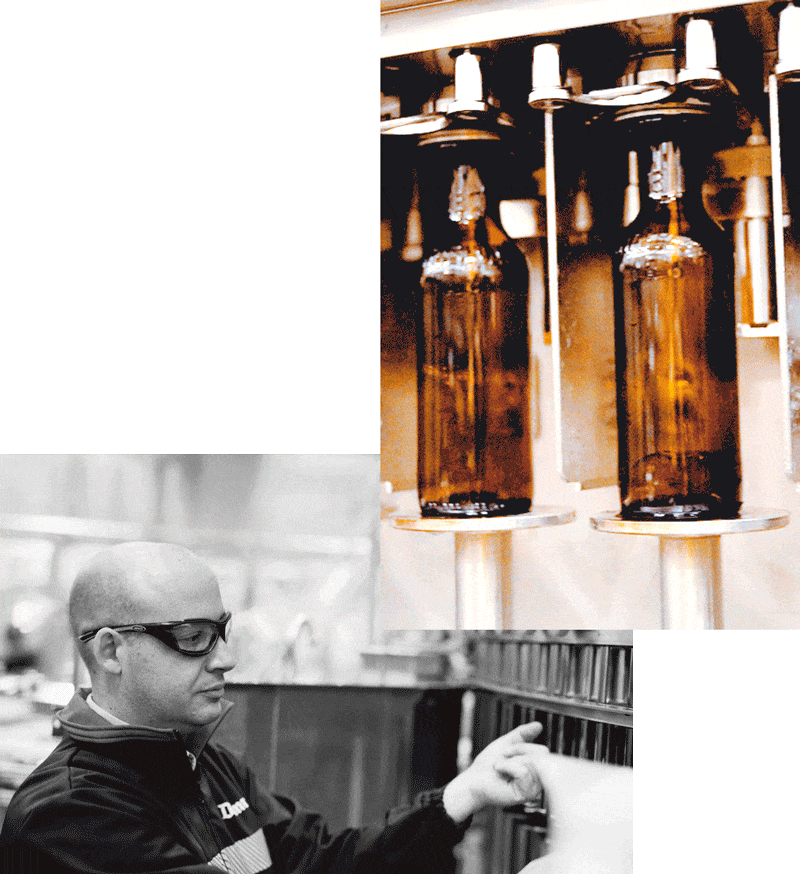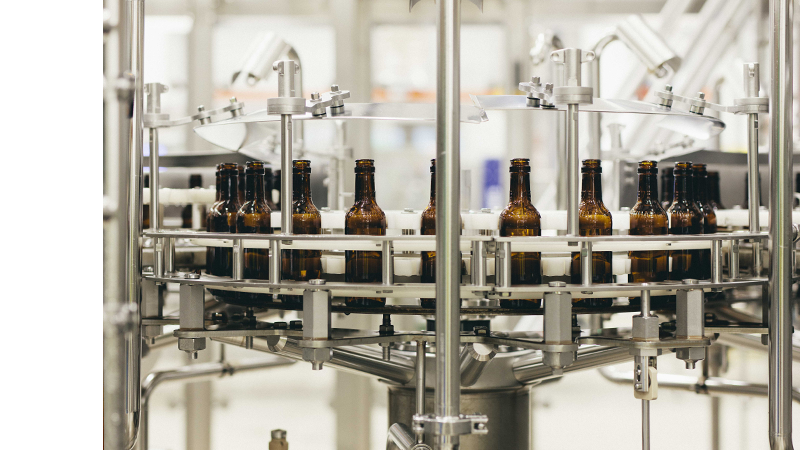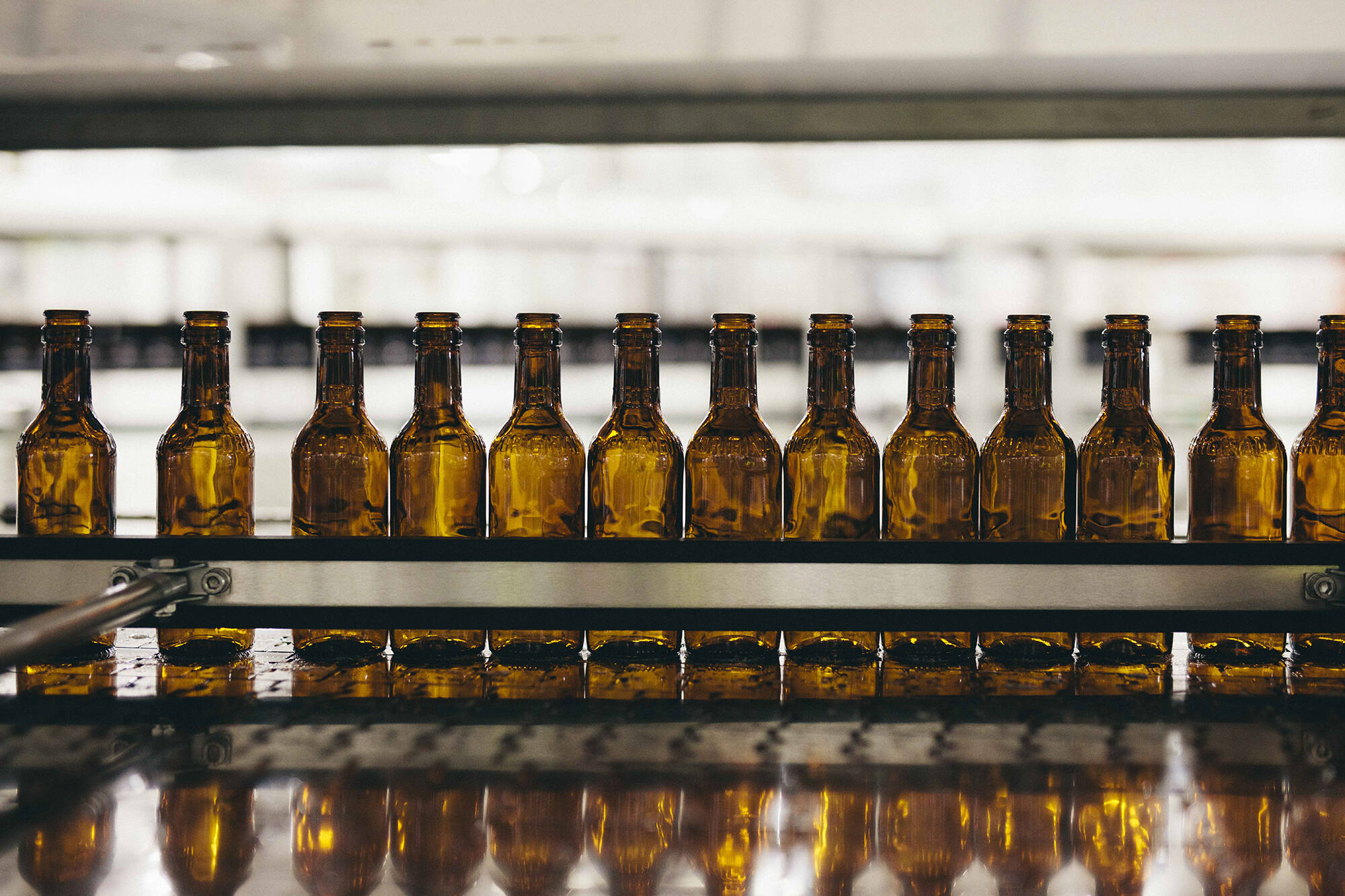Choose your country or region
- Europe
- Spain
- Catalonia
- Portugal
- United Kingdom
- International Version
Barley fields
The crop is late, but it’s in fine form
06:26 — Harvesting is unpredictable, just like the weather. The spring was very cold and particularly rainy, and of course, that affected the barley fields. “The crop has arrived a couple of weeks late,” says B. Seuma, above the noise of the harvesting machines. “The rain is to blame, it bent the ears and delayed the process, but in the end the crop has turned out well,” explains Seuma, a lifelong farmer. The speed of harvesting is pretty quick: in just an hour and three quarters, a 28-tonne truck has been loaded. However, the volume of the crop is so great in this area that they expect to continue harvesting barley until the end of July, prioritising the most mature fields while giving more time to those that are yet to reach their optimal state.
“The rains have bent the ears and delayed the harvesting process.”
B. Seuma

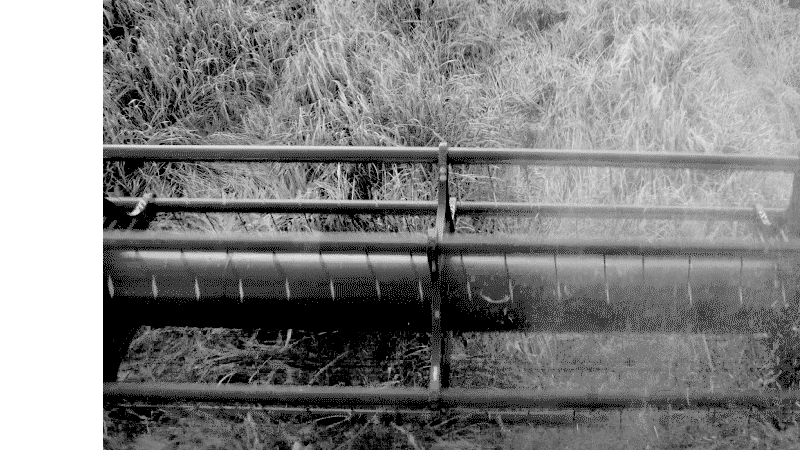

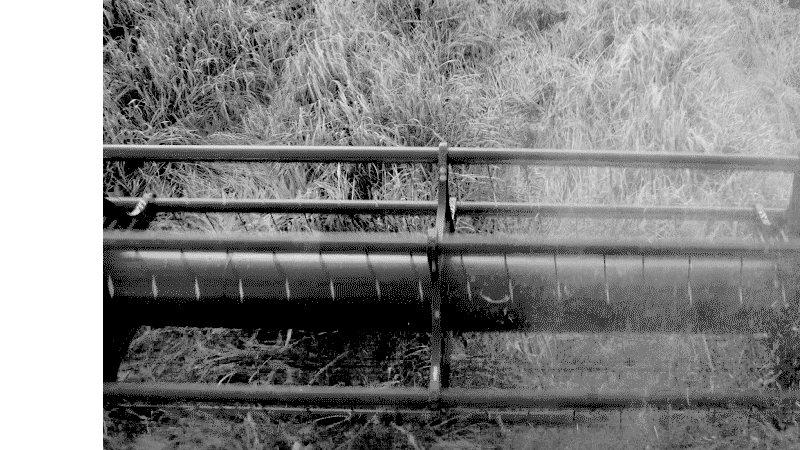

Damm Factory
The filling process: a question of balance
09:21 — Beer demands special care during production, especially if you want to maintain a high quality. This is something we strive for, so we take every part of the process very seriously and are vigilant against potential threats like light, temperature and movement. One of the most crucial aspects in this regard is filling the bottles. “It’s not easy, because the beer needs to enter the bottle slowly if we are going to be 100% respectful of the product,” points out D. Sancho, head of packing at Damm. “That’s why we use a complex system that allows the beer to slide along the sides of the bottle,” he explains, “and we also do it at a low temperature, between 2 and 4 degrees, to ensure the organoleptic properties remain intact.” Executing the filling process correctly is, like so many things in life, a question of balance.
“We use a complex system that allows the beer to slide along the sides of the bottle.”
D. Sancho
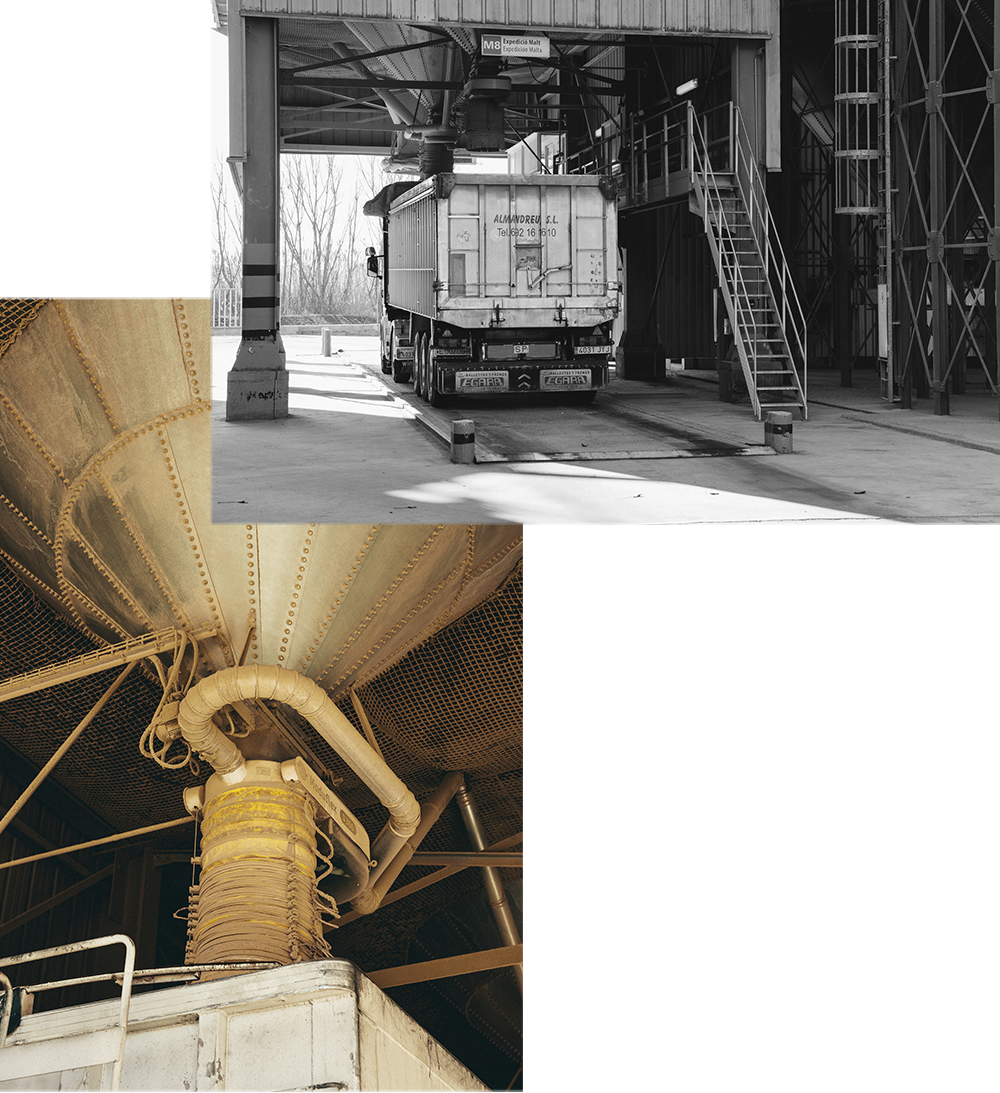
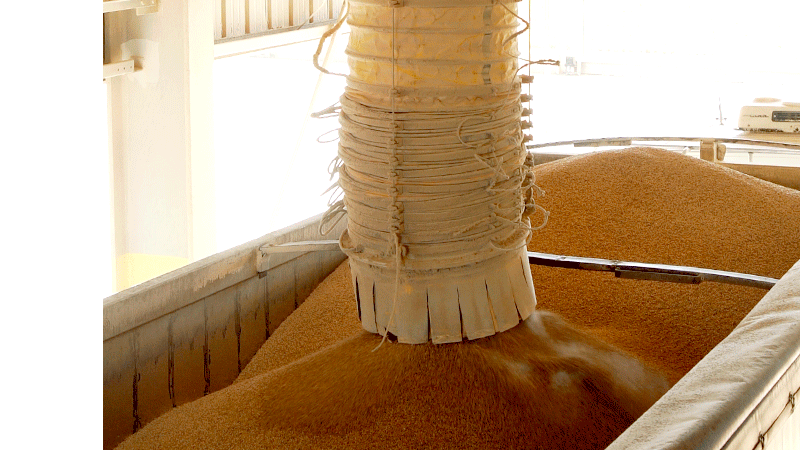
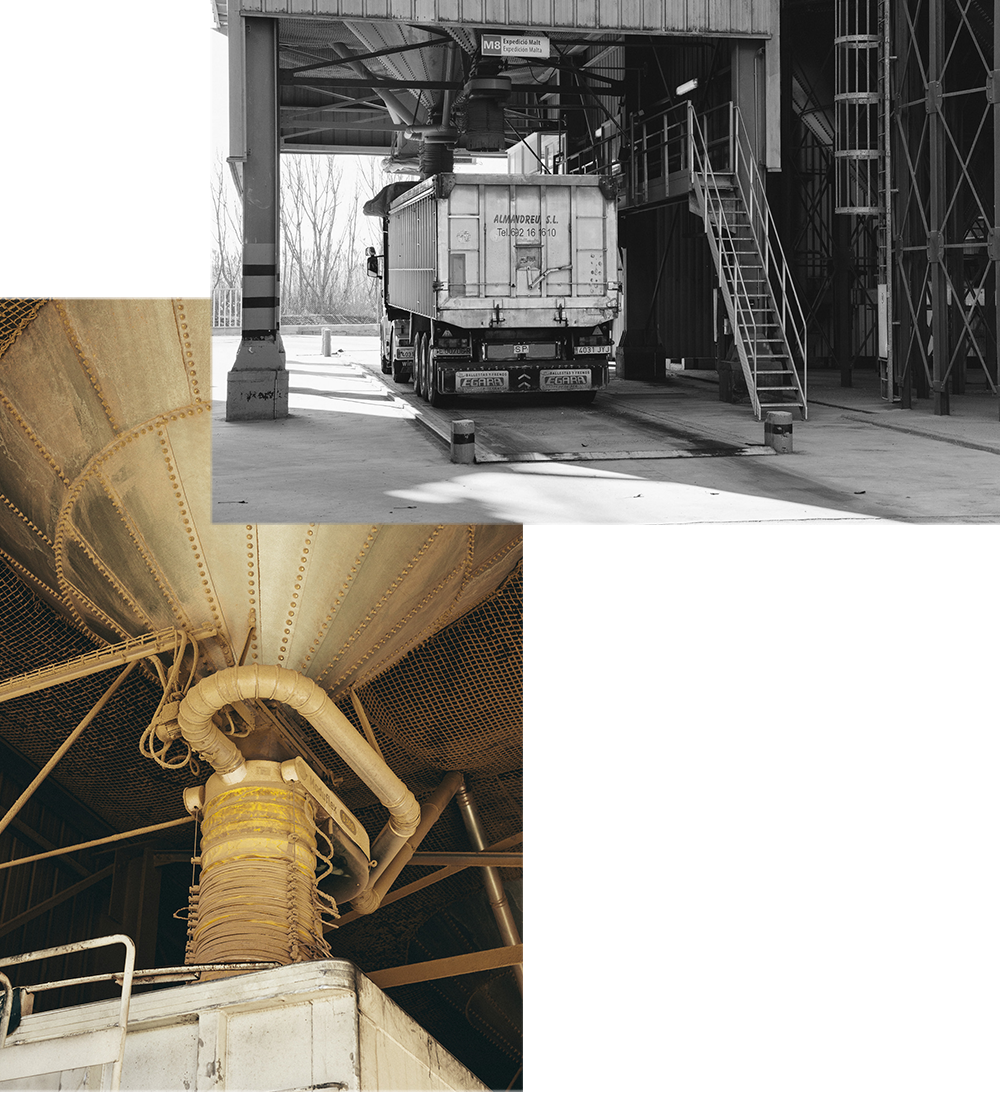
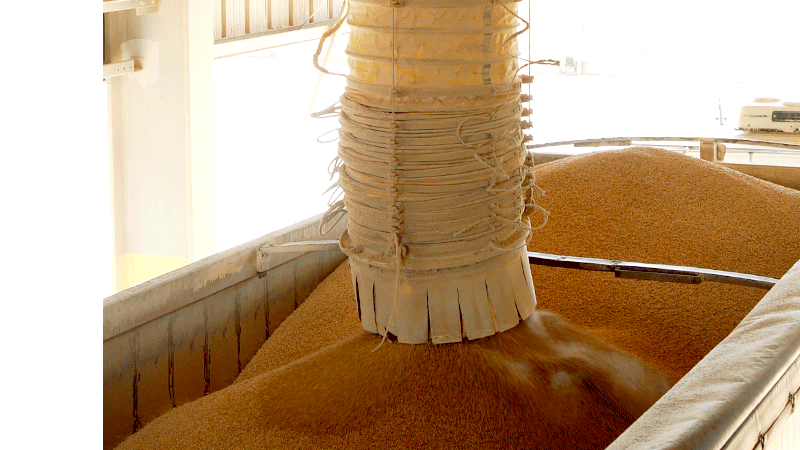
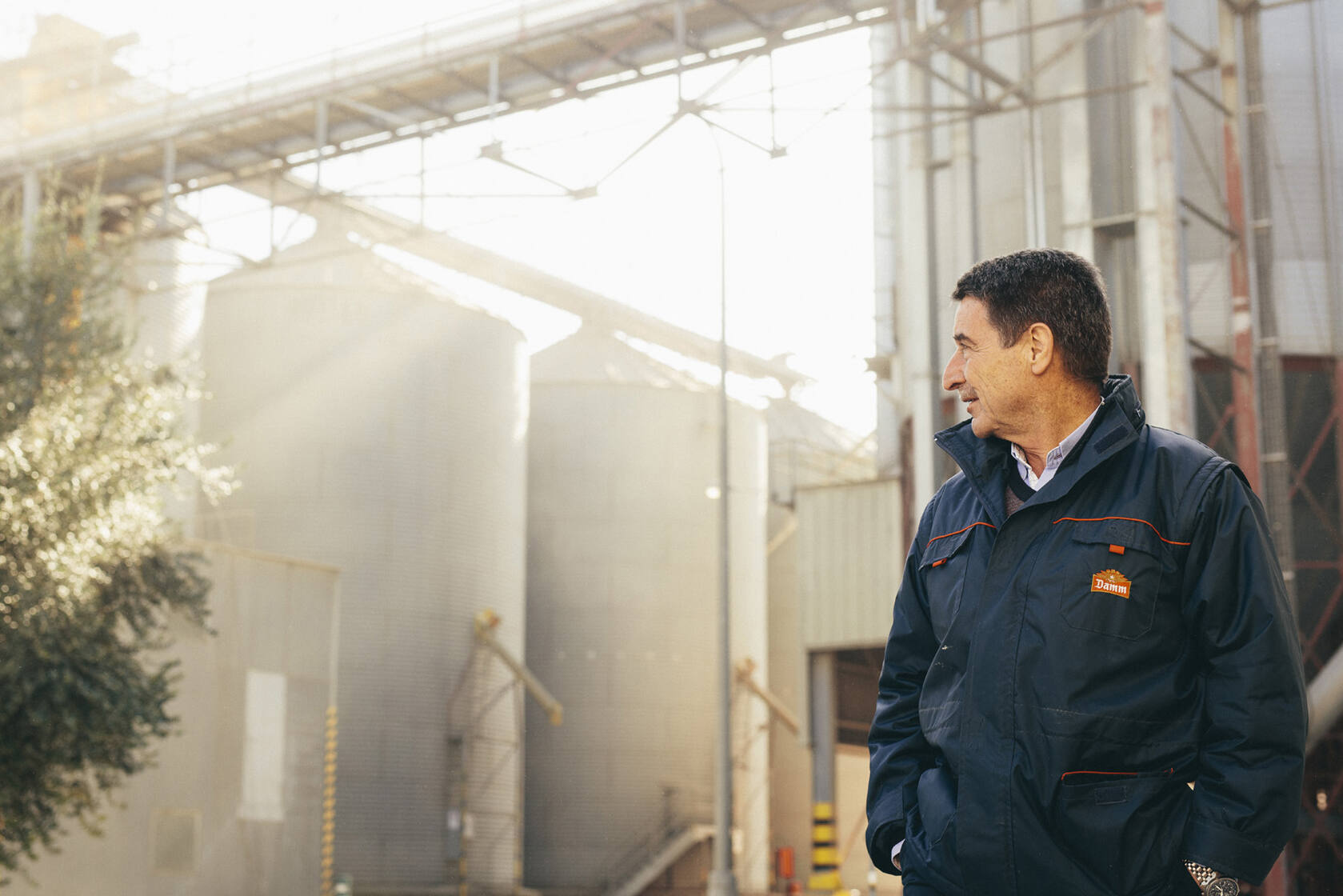
La Moràvia malt house
The malted barley makes its way to the factory
13:25 — The facilities at La Moràvia accommodate the constant coming and going of trucks for both loading and unloading. This is our malt house: a transitional area where the stay is brief but key for our raw material, which arrives as barley and then, seven days later, leaves as malt. However, to the untrained eye the difference in the grain is difficult to spot. It requires many years of experience to see, and this is something that the head of the malt house, T. Ramo, has behind him. “Every day we send about 17 trucks to the Damm factory,” he tells us as we witness a hose filling the next truck. “We need to keep the hose very low to avoid creating too much dust,” he explains. Each of these trucks carries 26 tonnes of malted barley closer to its ultimate destination: one day becoming Estrella Damm beer.
“Every day we send about 17 trucks to the Damm factory.”
T. Ramo
